
HP Announces 32” Pavilion Display for Everyone: QHD for $399
HP has introduced its Pavilion 32 display (V1M69A), which promises to combine large size, QHD resolution, VA panel and affordability. The Pavilion 32 monitor may not appeal to professionals or hardcore gamers, but for mainstream users this one could be a game changer because of its price-point. The monitor will hit the market late next month as a part of HP’s back-to-school product refresh.
Modern day desktop workloads involve a lot of multitasking as well as long documents, large spreadsheets and high-resolution images. For many tasks, big displays are not a luxury, but rather a necessity. However, it is not easy to find a monitor that boasts with a large size, a good quality panel and an affordable price. There are relatively inexpensive 24” and 27” monitors with IPS or VA panels available, but when it comes to models with diagonals like 30” and larger, then it is not easy to find a good quality affordable display. While there are low-priced 32” monitors from unknown brands, they usually feature cheap TN panels and can hardly boast with good quality. Meanwhile, well-known suppliers charge $500 and up for their 32” models, which is more than many people are willing to spend on a display. With its Pavilion 32, HP wants to address the market of affordable monitors with an offering that is currently not available from its rivals.
The HP Pavilion 32 (V1M69A) display uses a 32" WVA+ panel with 2560×1440 resolution, 300 cd/m2 brightness, 3000:1 static contrast ratio, 178°/178° horizontal/vertical viewing angles as well as 60 Hz refresh rate. WVA stands for wide viewing angle, which is a general term to describe various types of panels (including *VA and PLS) used by display makers in their products. HP does not disclose exact type of the panel that powers the Pavilion 32”, but confirms that this is a VA panel (though, we have no idea whether this is AH-VA, A-MVA, etc.), not a TN (which is typically used for low-cost displays). In many ways, the Pavilion 32 resembles the Envy 32 monitor, which HP introduced several months ago. The Envy 32 has a similar WVA+ panel, but features stereo speakers as well as AMD’s FreeSync to appeal to gamers, but it is also more expensive.
| Specifications of HP Pavilion 32 and HP Envy 32 | ||||
| HP Pavilion 32 V1M69A |
HP Envy 32 N9C43AA |
|||
| Panel | 32" WVA+ | 32" WVA+ with Anti-Glare | ||
| Resolution | 2560 × 1440 | |||
| Refresh Rate | 60 Hz | 60 Hz with AMD FreeSync | ||
| Response Time | 7 ms gray-to-gray | |||
| Brightness | 300 cd/m² | |||
| Contrast | 3000:1 | |||
| Viewing Angles | 178°/178° horizontal/vertical | |||
| Color Saturation | 100% sRGB | |||
| Pixel Pitch | 0.276 mm | |||
| Pixel Density | 91.8 pixels per inch | |||
| Inputs | 2 × HDMI 1 × DP 1.2 |
1 × HDMI 1 × MHL 1 × DP 1.2 3.5 mm stereo-in |
||
| USB Hub | 2-port USB 2.0 hub | |||
| Audio | None | Stereo speakers with Bang & Olufsen enhancements |
||
| Launch Price | $399.99 | $499.99 | ||
The new Pavilion 32 display from HP is equipped with two HDMI and one DisplayPort 1.2 connectors (cables are included in the package). In addition, it has an integrated USB 2.0 hub, which should be enough to connect a keyboard, but which will not be sufficient for modern external USB flash memory drives that support USB 3.0 transfer rates. Keeping in mind that the hub is located on the backside of the monitor, it looks like it was not intended for removable storage in general. The design of the Pavilion 32 allows adjusting tilt, but not height. Asides from that, the monitor cannot be used in portrait mode, which is hardly a problem for the vast majority of its potential buyers.
Select retailers as well as HP’s online store will start to sell the HP Pavilion 32 on June 26 for $399.99. The monitor is covered by a one- or three year-limited warranty.
The key selling points of the HP Pavilion 32 are its relatively low price as well as its VA panel. Right now, the majority of 32” displays with QHD resolution from well-known suppliers cost over $500. By making its product available for $400, HP appeals to a broader audience of users, who currently buy smaller monitors. What remains to be seen is whether other display makers follow HP with their inexpensive 30” QHD parts.
Read More ...
The ASRock E3V5 Performance Gaming (C232) Motherboard Review
If you want to run a Skylake E3 Xeon, it needs to be placed in a motherboard with either the C232 or C236 chipsets. This is a change from the last generation, and as a result most of the motherboard manufacturers are bringing some of their consumer expertise to new products in order to get a slice of the casual Xeon user pie. We explored a server-like C236 based motherboard in the previous review, and in this review we are taking the latest edition from ASRock’s Gaming range, based on the C232 chipset, for a spin.
Read More ...
Comtrend PG-9172 Powerline Adapter Review: G.hn Gets Primed for Retail Push
The battle between HomePlug and HomeGrid to emerge as the de-facto powerline networking standard was quite interesting between 2010 and 2013. However, despite silicon getting demonstrated at various trade shows, G.hn was unable to get a retail product out for a long time. This changed last summer, when Comtrend introduced the PG-9172, a 1200 Mbps G.hn powerline adapter. In this review, we take a look at the performance of the Comtrend PG-9172, and how it compares to some of the HomePlug products already in the market. With Arris launching a suite of G.hn networking products under the RipCurrent branding last month, we also analyze whether G.hn is finally ready for retail prime time.
Read More ...
HP Unveils Premium Chromebook: 3K Display, Intel Core M, 16 GB of RAM and USB-C
HP has announced a new family of Chromebooks, which are powered by Intel’s high-performance processors and feature stylish design, aluminum body, high-resolution display and even Bang & Olufsen speakers. The new laptops will not be as affordable as many other mobile PCs running Google Chrome OS and will not be as powerful as Google’s Pixel, however, this is what HP believes to be the right balance between performance, style, portability and price.
When Acer and Samsung introduced their first notebooks based on Google’s Chrome OS in mid-2011, they praised their low price and mainstream computing capabilities. At the time, Chrome OS was a mystery for most people, netbooks were relatively popular and it made sense for the aforementioned PC makers and Google to address the entry-level segment of the market with something very affordable. As Chrome OS gained traction, PC makers began to install higher-performing components into their Chromebooks. However, they were still not ready to address the high-end market segment with such PCs, which is why Google released its Pixel laptop in 2013. The Chromebook Pixel is one the most advanced and stylish Chromebooks ever made because of its Core i7 “Broadwell” CPU, a display with 2560×1700 resolution and 3:2 aspect ratio. But, the Pixel costs $999 and not all users are ready to invest that sum in a Chromebook. Fortunately, different PC makers offer various systems that attempt to replicate some of the Pixel’s features. HP decided to build its own competitor for Google’s Pixel and while the product is not exactly affordable, it has a better screen than most Chromebooks and a number of other advanced features.
The HP Chromebook 13 sports a 13.3” IPS display with 3200×1800 resolution (QHD+), 170-degree viewing angles and 16:9 aspect ratio, which is good for multimedia applications and video. HP’s latest Chromebook comes in brushed anodized aluminum chassis, it is 12.9 mm thick and weighs 1.29 kilograms (2.86 pounds), which is thinner and lighter than Apple’s MacBook Air 13”. Despite the very high resolution screen, the laptop works up to 11.5 hours on one charge of its 45 Wh battery, according to the manufacturer.
To enable long battery life, HP used Intel’s Skylake-Y system-on-chips to build its Chromebook 13. Various versions of the system are powered by either Pentium or Core M SoCs with two cores, Intel’s HD Graphics 515 (Gen9) core with 24 EUs (execution units) as well as 6W or 4.5W TDP. The system will likely be considerably faster than other Chromebooks running Atom, Celeron or Pentium processors because of the high-performance CPU architecture.
| HP Chromebook 13 Specifications | |||||
| Screen Resolution | 3200×1800 | ||||
| CPU | Intel Core m7-6Y75 | Intel Core m5-6Y57 | Intel Core m3-6Y30 | Intel Pentium 4405Y | |
| Graphics | Intel HD Graphics 515 (Gen9, 24 execution units) | ||||
| RAM | 16 GB | 8 GB | 4 GB | ||
| Storage | NAND flash storage | ||||
| Wi-Fi | 2x2 MIMO 802.11ac Wi-Fi module (?) | ||||
| Bluetooth | Bluetooth 4.2 (?) | ||||
| USB | 2×USB-C, 1×USB-A ports | ||||
| Other I/O | Microphone, stereo speakers, audio jack | ||||
| Thickness | 12.9 mm/0.5 inch | ||||
| Weight | 1.29 kilograms / 2.86 pounds | ||||
| Price | $1029 | $819 | $599 | $499 | |
Depending on the model and price, the HP Chromebook 13 can be equipped with 4, 8 or 16 GB of RAM, an unknown amount of solid-state storage as well as wireless connectivity technologies (a 802.11ac Wi-Fi module with Bluetooth 4.2 is likely, but is not confirmed by HP). HP notes that its system has a full-sized backlit keyboard as well as Band & Olufsen-tuned speakers, which is something new for a Chromebook. The system also has a webcam, three microphones, a 3.5 mm audio port, a SD card reader, one USB Type-A port as well as two USB Type-C ports. The Chromebook 13 uses USB-C for charging and is therefore compatible with a variety of third-party chargers.
With its advanced Chromebook 13, HP offers its Elite USB-C Docking Station ($149), which plugs in to a USB-C port on the PC and enables to connect up two Full HD displays, Gigabit Ethernet as well as multiple USB Type-A devices, such as keyboards or mice.
Four versions of the HP Chromebook 13 should hit the U.S. retail shortly. The most basic model running the Intel Pentium 4405Y processor and equipped with 4 GB of RAM will cost $499, whereas the top-of-the-range system featuring the Intel Core m7-6Y75 and 16 GB of RAM will cost $1029, which is even more than Google’s Pixel.
Sources: HP and Engadget.
Read More ...
NVIDIA Releases 365.10 WHQL Game Ready Driver
With more game releases and open betas coming down the pipe this spring, driver developers are getting busy preparing our graphics cards for the new games. This time NVIDIA brings us a handful of fixes and a suite of game ready support updates.
NVIDIA driver version number 365.10 is a continuation of the 364 driver branch. Included are several bug fixes, including one for when one daisy-chained monitors, FPS drops in games with the previous driver build, and SLI control panel issues under Windows 10. Also, Dark Souls III performance has been fixed under Windows 7, 8 and 8.1, as performance under that game was sometimes poor in earlier driver releases.
Moving on to game ready support we have a few upcoming games. On the list we have Battleborn by Gearbox Software which is seeing release this week. Following along we have Forza Motor Sport 6: Apex by Turn 10, Overwatch by Blizzard and Paragon by Unreal Studios which all will have beta’s open this week.
Anyone interested can download the updated drivers through GeForce Experience or on the NVIDIA driver download page.
Read More ...
NVIDIA & Samsung Settle All Patent Infringement Disputes
Roughly a year and a half ago, NVIDIA opened up a patent infringement case against Samsung and Qualcomm, claiming that the various GPUs used by the two firms violated various NVIDIA patents. In response, Samsung opened up their own counter-suit, claiming that NVIIDA and its partners were violating Samsung patents. Since then, things have not progressed well for NVIDIA, with the US International Trade Commission (ITC) ruling that Samsung’s GPUs don’t infringe on NVIDIA’s patents, while also ruling that NVIDIA’s GPUs did infringe on Samsung’s patents.
Now with the final ruling on Samsung’s counter-suit originally scheduled for today, NVIDIA has announced that they have buried the hatchet with Samsung, ending all litigation between the companies. In their announcement, NVIDIA notes that both companies have ended their suits with the US courts, US ITC, and the US Patent office, effective immediately. In turn, both companies have agreed to cross-license “a small number of patents by each company to the other,” while noting that this is not a broad cross-licensing agreement. All other terms of the deal – such as any potential payments – are not being disclosed.
As noted by Bloomberg, NVIDIA faced a potential import ban on some of their products should they have lost the final ruling on the Samsung counter-suit, so combined with their earlier losses at the ITC, there was a clear need for NVIDIA to settle the case rather than waiting on ITC and court rulings. This, in turn, seemingly puts a wrench in NVIDIA’s overall mobile patent licensing efforts, as the Samsung case was their best opportunity to get a ruling that other mobile GPUs were violating their patents. That there is some cross-licensing going on between Samsung and NVIDIA does mean that NVIDIA holds at least some patents that Samsung believes they need, but that this is being settled quietly out of court means that it’s hard to imagine that NVIDIA has a strong position for further patent licensing efforts.
Read More ...
Intel Adds Crystal Well-based Skylake-R Processors: 65W with 128MB eDRAM
Intel has added three new microprocessors for embedded and highly-integrated applications into its lineup. The new CPUs are based on the Skylake microarchitecture and feature high-performance integrated graphics cores with an added eDRAM cache called Crystal Well. The new products should offer high performance in memory bandwidth applications due to Skylake’s updated 2nd generation cache architecture.
The chips that Intel has added to its price list are the Core i7-6785R, the Core i5-6685R, and the Core i5-6585R. The new processors are designed to fit in all-in-one PCs, small form-factor and other types of highly-integrated PCs that can satisfy the 65W TDP over the mobile Crystal Well variants that run at 45W. The new desktop chips from Intel are based on the Skylake-H silicon in its most advanced configuration: with four general-purpose cores as well as the GT4e integrated graphics. Not all the specifications of the processors are known at this point, but we are talking about quad-core processors with Generation 9 Iris Pro graphics and 72 execution units (as well as 128 MB of eDRAM), a dual-channel DDR4-2133 memory controller, a PCI Express 3.0 interface and three display outputs. The power consumption of Intel’s new embedded products for desktops does not exceed 65 W, which is typical for R-series offerings, and offer a potential upgrade path by OEMs for any equivalent systems that used an equivalent Broadwell-based R-series processor.
Intel unveiled its Skylake-H silicon in its full glory earlier this year when it released its mobile Xeon E3 v5 processors with the Iris Pro Graphics P580.
Several makers of industrial computer modules (such as Congatec) already use chips like the Intel Xeon E3-1515M v5 for their products, which is why we know what they look like. The die of the Skylake-H processor looks rather long and the lion’s portion of its transistor budget was spent on the mammoth iGPU. The extra on package die is the eDRAM, and the silicon underneath the CPU is the chipset (it's the Y/U series CPUs that have integrated chipsets).
| Comparison of Intel's Embedded CPUs | |||||||||
| i7-6785R | i5-6685R | i5-6585R | i7-5775R | i5-5675R | i5-5575R | ||||
| Microarchitecture | Skylake | Broadwell | |||||||
| Cores/Threads | 4 / 8 | 4 / 4 | 4 / 4 | 4 / 8 | 4 / 4 | 4 / 4 | |||
| L2 Cache | 1 MB (256 KB × 4) | ||||||||
| L3 Cache | 8 MB | 6 MB | 6 MB | 4 MB | |||||
| eDRAM | 128 MB | 128 MB | |||||||
| CPU Frequency | default | 3.30 GHz | 3.20 GHz | 2.80 GHz | 3.30 GHz | 3.10 GHz | 2.80 GHz | ||
| maximum | 3.90 GHz | 3.80 GHz | 3.60 GHz | 3.80 GHz | 3.60 GHz | 3.30 GHz | |||
| GPU | Iris Pro 580 | Iris Pro 6200 | |||||||
| EUs | 72 | 48 | |||||||
| TDP | 65 W | 65 W | |||||||
| GPU Frequency | 350 MHz to 1150/1150/1100 MHz | 300 MHz to 1150/1100/1050 MHz | |||||||
| DRAM Support | DDR4-2133/1866 DDR3L-1600/1333 |
- DDR3L-1866/1600/1333 |
|||||||
| Packaging | FCBGA1440 | FCBGA1364 | |||||||
| Process Technology | 14 nm | ||||||||
| Price | $370 | $288 | $255 | $348 | $265 | $244 | |||
The new parts feature higher clock rates compared to the Broadwell processors, although slightly lower than their K series counterparts. The processors have a number of important architectural improvements which will affect the performance of these CPUs in real-world applications. It is interesting to note that Intel retained the full L3 cache size in its new R-series CPUs: in the Broadwell models part of the L3 was used for eDRAM tags, reducing their capacity by 2 MB, but the new Skylake parts are now in line with their i7 and i5 naming due to the way the eDRAM is implemented. This means that the i7-6785R has 8 MB of L3, similar to the i7-6700K, and the i5-6685R/6585R has 6 MB of L3, similar to the i5-6600K.
Intel’s Skylake processors feature an upgraded microarchitecture with better parallelism and improved IPC, which means better performance almost across-the-board. An important capability of Skylake is its Speed Shift technology, which can quickly increase frequency for a short amount of time in a bid to rapidly perform an operation (~1-3 milliseconds rather than 30-100 without Speed Shift), thus providing better user experience and ultimately saving power. Intel’s Speed Shift requires support by the operating system and right now Microsoft’s Windows 10 can take advantage of the technology in a bid to improve its responsiveness.
Another important aspect of Intel’s Skylake CPUs with high-end iGPUs is their eDRAM, which means the processors also gain the code name 'Crystal Well'. The eDRAM for Skylake is different to that found in previous Crystal Well implementations: in the last generation, the eDRAM acted as a victim cache to the L3 cache, meaning that evicted cache lines from L3 would add up in the eDRAM and be quick for re-reading without having to access main memory. The downside to this is that data could not end up in eDRAM without being used first, giving initial data read latencies the same performance as previous processors. Ultimately this is still good for graphics and gaming, where textures are re-read from memory frequently. The new arrangement for the eDRAM in these Skylake processors has placed the eDRAM in a different part of the chain, between the System Agent and the DDR memory. This means that the eDRAM acts as a DRAM buffer, with 50 GBps bandwidth in each direction to the LLC, but is also accessible for early reads/writes by any device that needs memory access through the system agent (i.e. anything through PCIe). Previously this was not possible, but now it means that Skylake's eDRAM implementation should offer a speedup in many more scenarios that before.
The final noteworthy improvement of the Skylake processors compared to previous-generation offerings is revamped graphics core as well as increased amount of execution units. Based on our findings last year, real-world performance of Intel's high-end Iris Pro 6200 graphics core (Broadwell’s top iGPU) is higher than that of entry-level discrete graphics cards. Meanwhile, the highest-performing GT4e graphics core of Intel Skylake contains 72 EUs, up from 48 in the case of the Broadwell. Compute performance of Intel's contemporary top-of-the-range iGPU (Iris Pro 580) is around 1.1 TFLOPS depending on its frequency, so, this one should be tangibly faster than its predecessor. Last, but not least, Skylake’s iGPU has a revamped multimedia engine, which supports hardware decoding and encoding of UHD videos using HEVC or VP9 codecs.
Intel’s new Core i7-6785R, Core i5-6685R, and Core i5-6585R are already available at a tray price of $370, $288 and $255 respectively. Partners of the chipmaker will likely use the new processors to build their new systems in the coming months.
Image Sources: Congatec, Intel's IDF presentations.
Read More ...
Available Tags:HP , ASRock , Gaming , Intel , NVIDIA , WHQL , Driver , Samsung ,

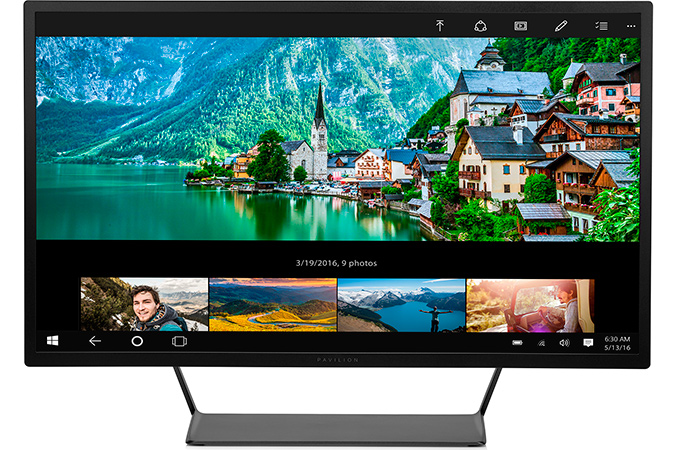
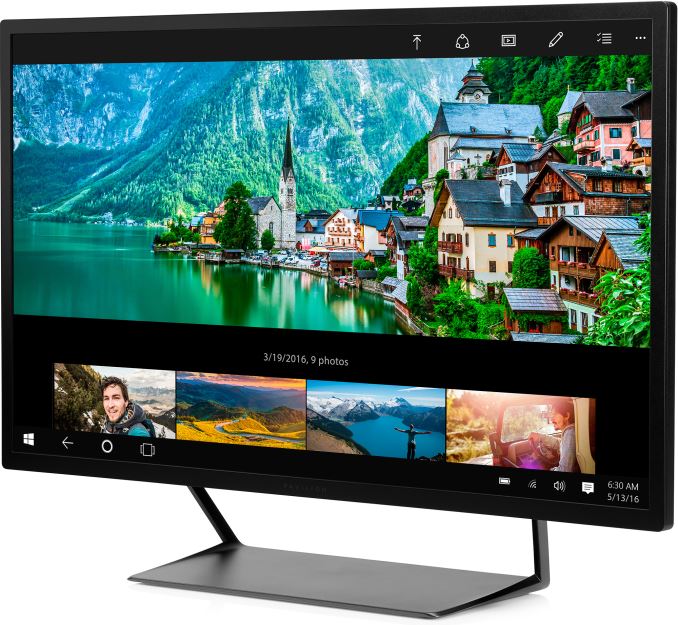
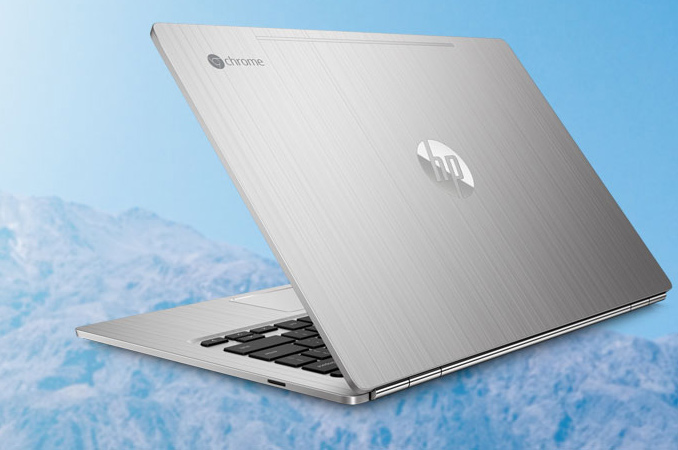
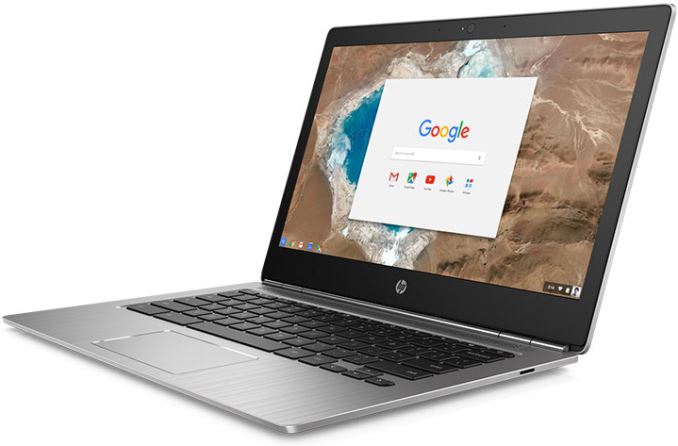

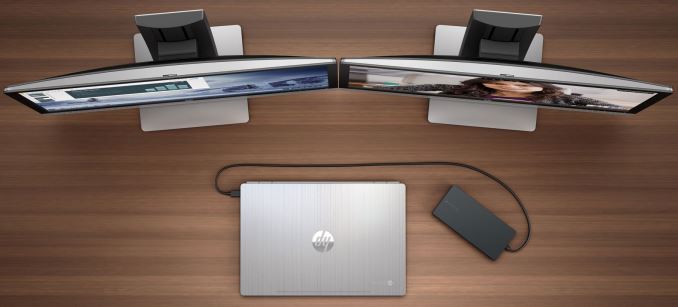



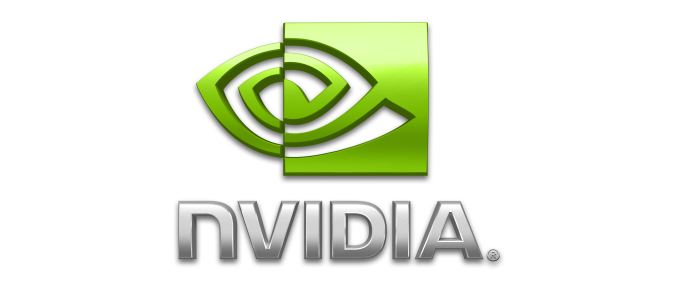
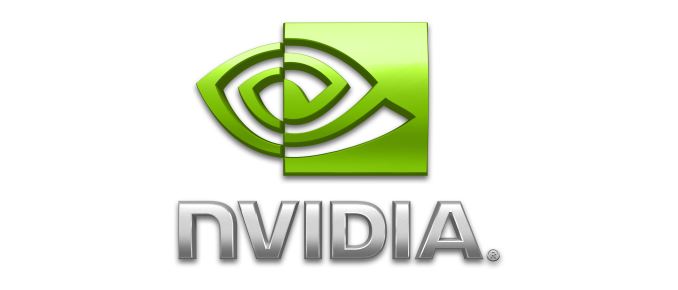
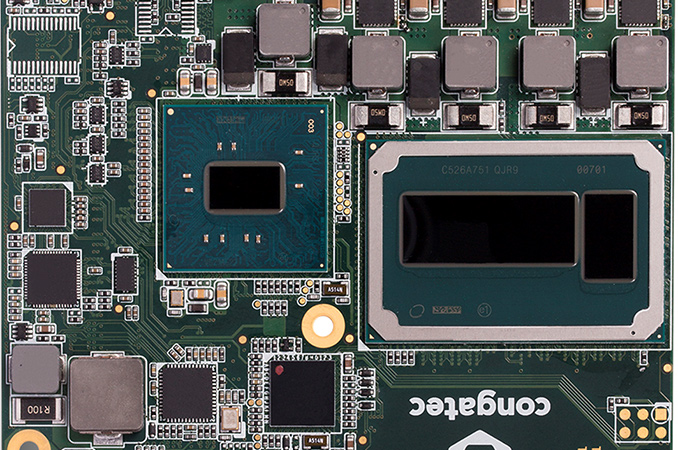
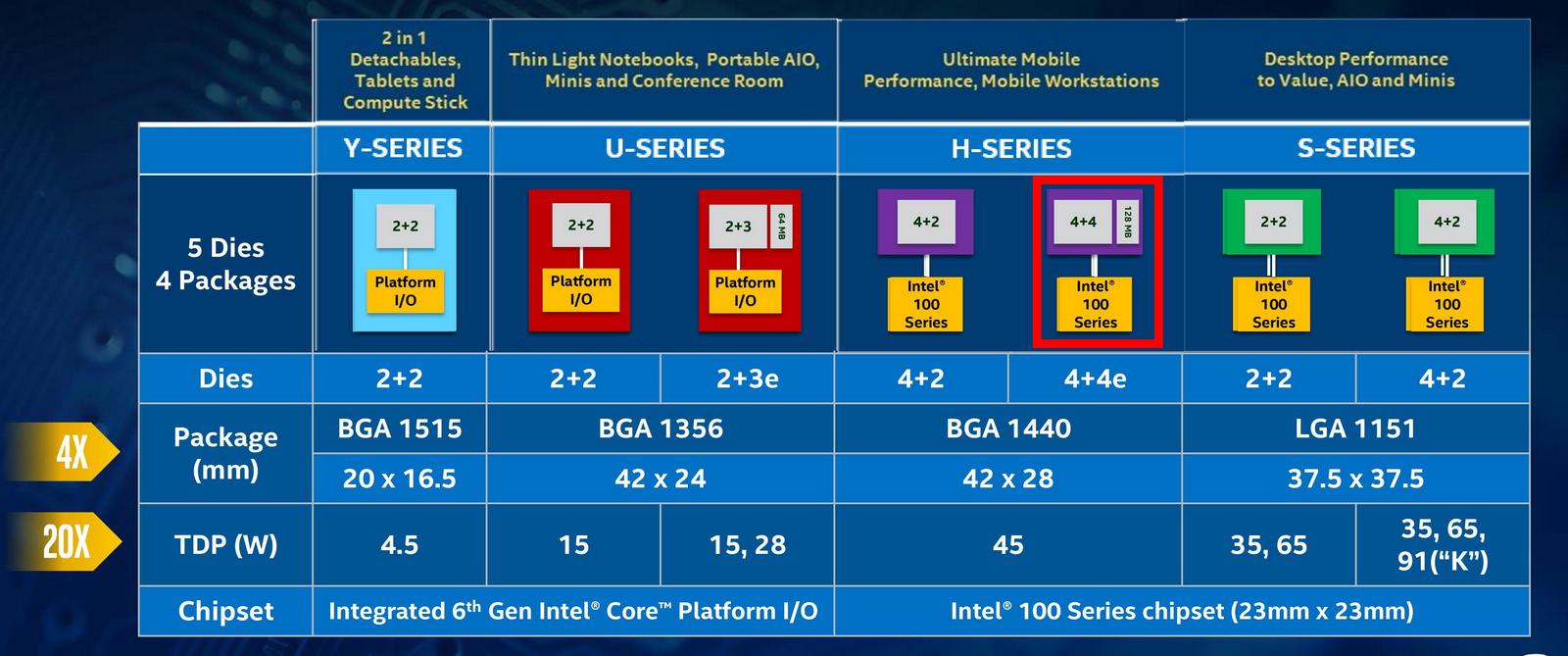
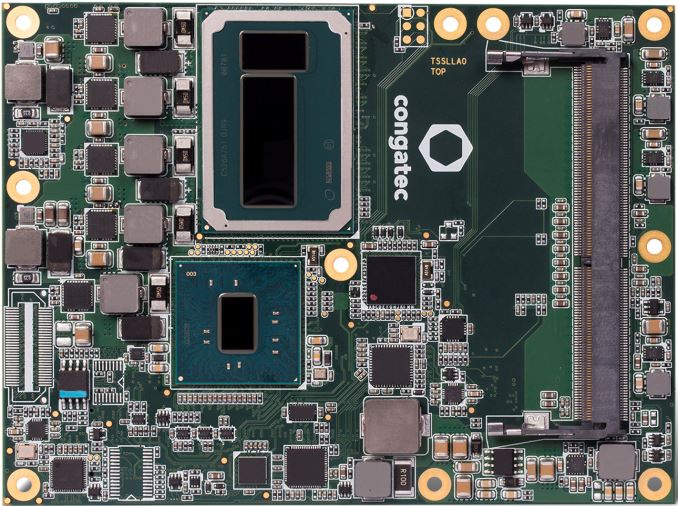

No comments:
Post a Comment